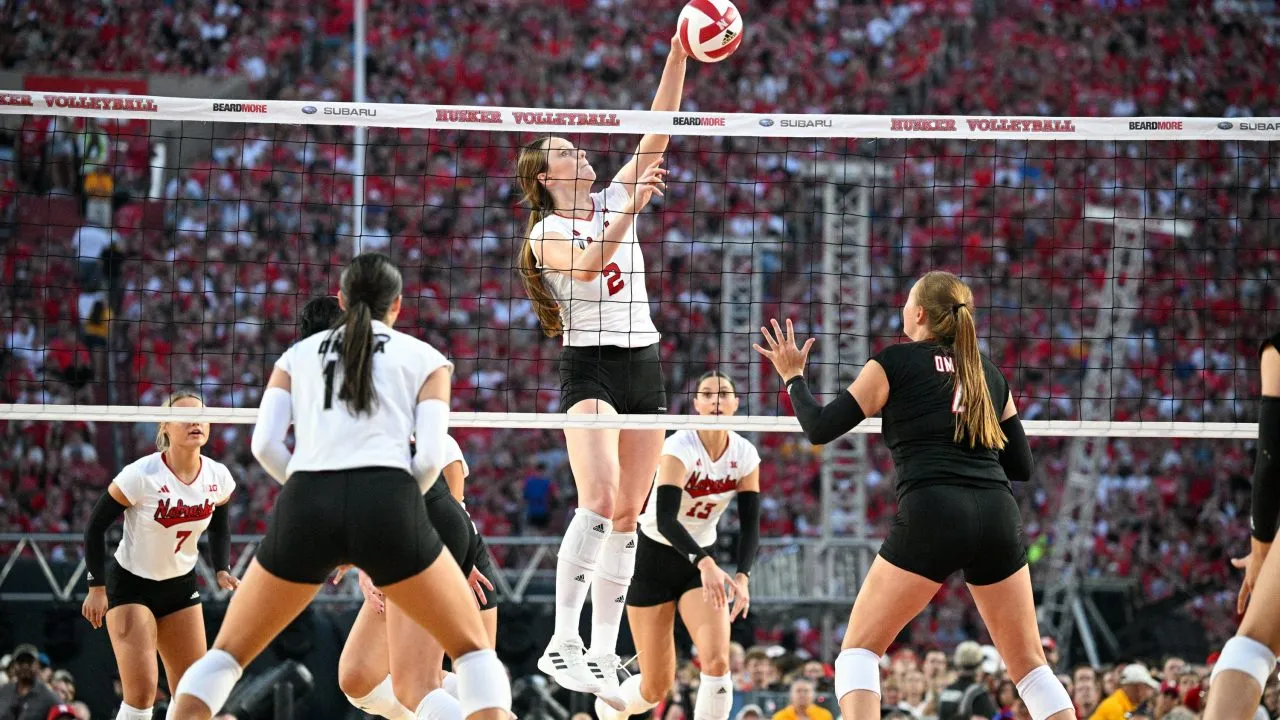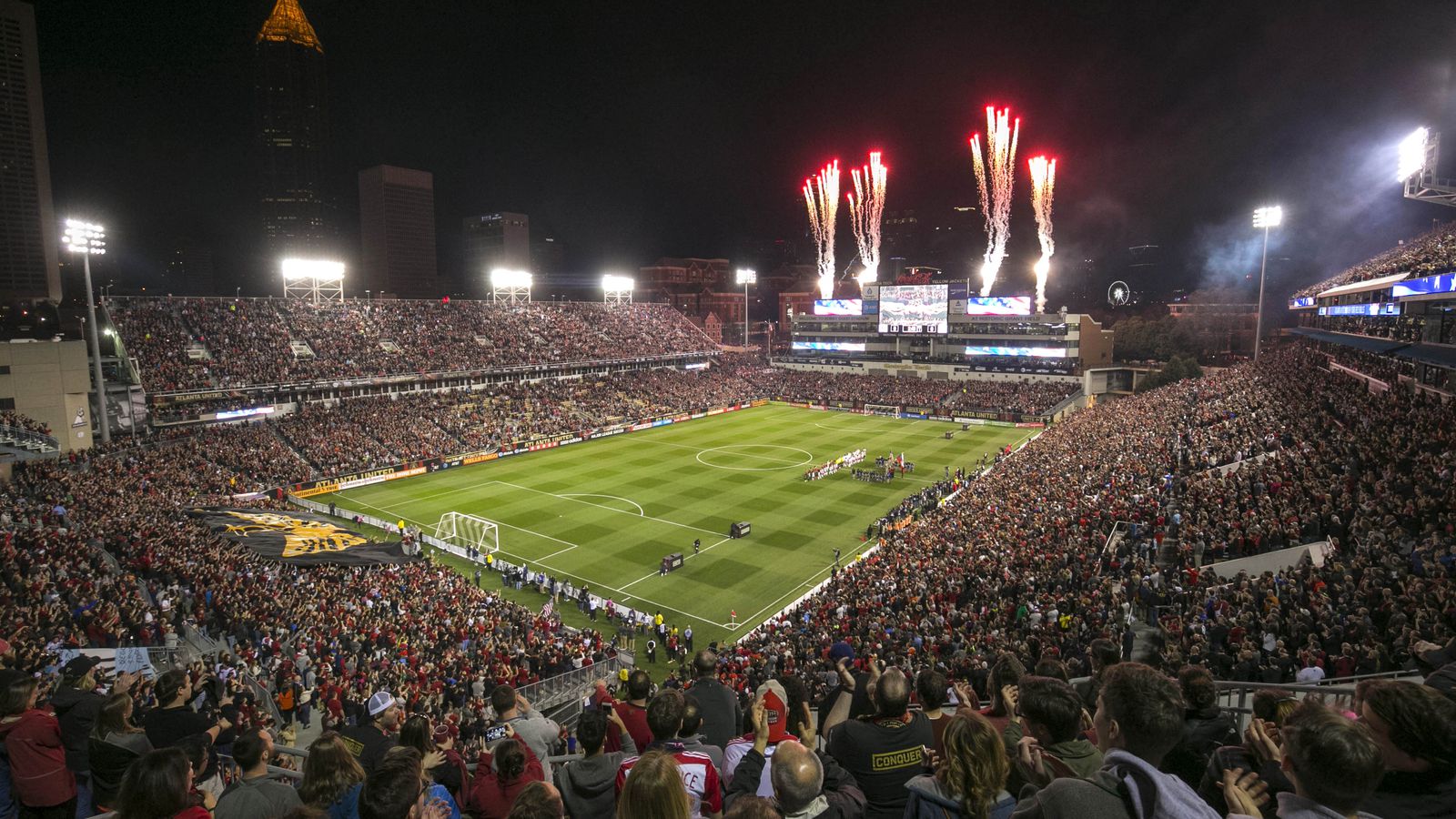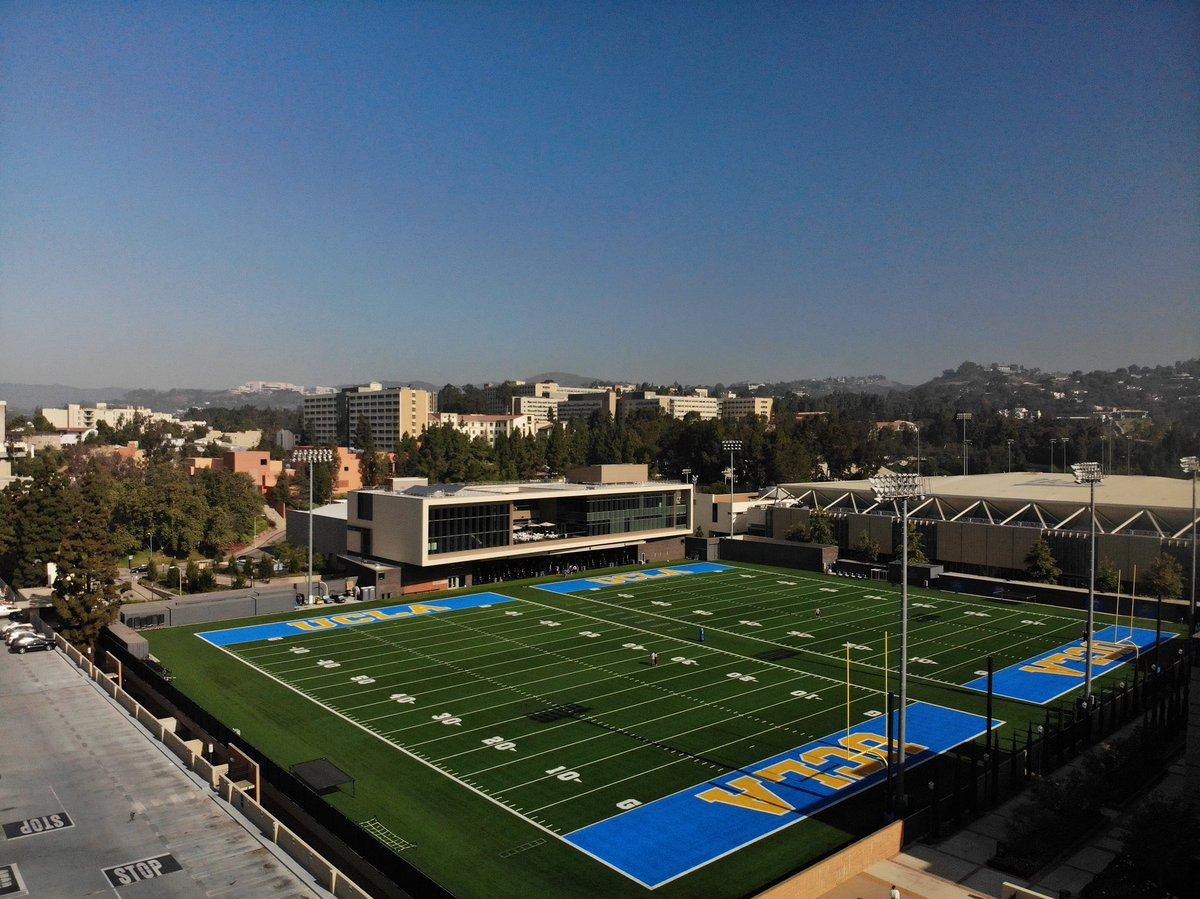College volleyball is hugely popular in America, with women’s volleyball nearly rivaling the biggest sports. More and more young men and women are making the transition to continue their careers in America.
In our blog series ‘a year as…’, we often explore how a college year can unfold for our athletes. Because what exactly can you expect when you decide to go to America? The beginning of your first year in America can be exciting, especially if you’re not quite sure what to expect! That’s why today, we’re taking you through a year as a college volleyball player.
Summer Period
The start of your school year usually falls somewhere in July or early August. This is often a special period because the academic semester hasn’t begun yet, and the campus is still somewhat quiet. This means that only the athletes are on campus, everyone is preparing for the sports season. There’s intense training, working on team bonding, which is just as important because you’re suddenly part of a new team. Additionally, as an athlete, you can get accustomed to English, which is also nice for most before the semester really kicks off. So, it’s a fun first few weeks where you have time to adjust to everything that’s new!

The first semester
Late August through mid-December
The first semester (academically) typically begins around late August to early September. Before you even have to think about hitting the books, you’ve already had about a month of intensive training with your team. Around this time, you finally get to play your first practice matches.
In early September, things really ramp up because alongside the beginning of school, the college volleyball season kicks off. You often train daily, fitting it in before or after classes. After a long day, it’s time to tackle homework, maybe quickly call home to the Netherlands, and then hit the hay again. After all, the next day and the next training sessions are already looming. It’s a busy life as a student-athlete, but experiencing this time with your team and following the same schedule makes it feel less burdensome and a lot more enjoyable!
During the season, you typically play around 20 matches, which is comparable to an entire year in the Netherlands. However, this is condensed into a much shorter period, as the season lasts about three months. During this time, you often play two matches per week. This could be a home match on Friday and Saturday, or an away match on Thursday and Sunday. These away trips are often the most enjoyable. Distances in America are much larger, so if it’s feasible, you travel with the team by bus. However, there are times when you have to travel really long distances and take a plane. The atmosphere is always lively with the team, and there’s often time for enjoyable activities in between.
You do miss some school time, but the university takes this into account for student-athletes. As a result, you can often take exams at a different time or make up classes later on.
The season always concludes with the end tournaments. The conference championship tournament (a final tournament of your league), and if you’re really lucky, you may also get to go to the NCAA or NAIA Championships. It’s an incredibly cool experience! Here, the best teams compete for the prizes and the national title. By mid-December, the first semester comes to an end, marking the start of winter break. Many athletes choose to go back home during this time, allowing them to spend Christmas with family and friends. Plus, you have a month-long vacation.

The second semester
Mid-January through mid-May
In January, most students return to campus, and for volleyball players, academic priorities take precedence in this semester. The goal is to catch up on any academic backlog from the first semester. During this time, you train for about eight hours per week and do not play matches. Strength training is also crucial during this period. Additionally, you often focus on specific aspects of the game, such as passing or blocking, during practice sessions.
Since you don’t play matches during this time, you have weekends free. This means you can easily attend other sports events on campus—perhaps your university has a basketball team? Additionally, the free weekends provide the perfect opportunity to explore America. Trips to nearby cities or other attractions are often organized during this time.
This period lasts until spring break. Afterward, you ramp up training with the team again, and some practice matches are played. The goal is to prepare the team optimally for the next semester and the upcoming season.
In May, there’s another exam week, and then your first year is already over. Almost all student-athletes head home or to another vacation spot. It’s time to relax for a bit, but staying fit is also important. That’s why athletes always receive a fitness schedule to follow during the summer. Tip: Make sure to stick to this schedule; you’ll only benefit from it next year.
Summer break lasts until around mid-July to early August. Afterward, all student-athletes gather back on campus, and everything starts anew.
Men’s volleyball
But what about for men? The above doesn’t apply to them. The season for men’s volleyball actually falls in the second semester, exactly opposite to the women’s volleyball season. While the women start their season right away in September, the men’s season begins in January.
In the beginning of semester 1, the focus is on academics, and through personal training and strength training, gradual preparation for the season begins. Towards December, more team training is also conducted. After a short winter break (the men have to report back to campus earlier), a brief but intense period of practice matches follows. Mid-January marks the start of the competitive season. Similar to women’s volleyball, the season lasts about three months and culminates in the major end tournaments. Following this, there’s a brief period, and then by mid-May, their first year is also over.

The volleyball year in America is indeed quite different from that in the Netherlands. In the first semester, you play many official matches in a short period, especially in combination with the end tournaments. In the second semester, you don’t play official matches but focus on preparing individually and as a team for the upcoming competitive season. This highlights how professional and serious the sport is taken in America.
Are you interested in playing volleyball and studying in America? Then quickly get in touch with our volleyball specialists, Ron and Frederique, via this introduction form. We’re here to assist you every step of the way!






